-
What makes a picturebook re-readable?
“We’re not trying to make stories that are going to be read, we’re trying to make stories that are going to be read a milliondy billiondy times.” Mo Willems While children’s books need to be re-readable, books aimed at an adult audience do not: As anyone who has ever read books to a child knows, young […]
-
20th Century Breakfasts In Art And Storytelling
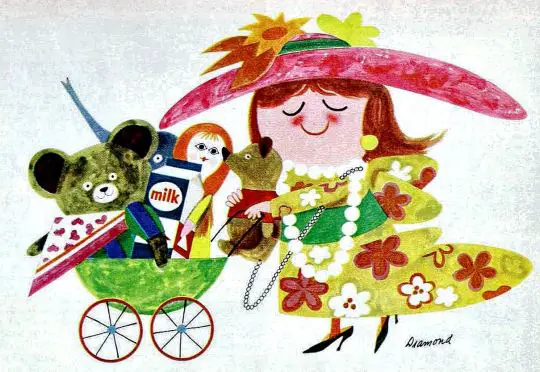
Breakfast eating has changed a lot over time, at least in the West, which in turn has influenced other cultures. These changes have of course been reflected in children’s literature.
-
Stock Yuck In Picturebooks
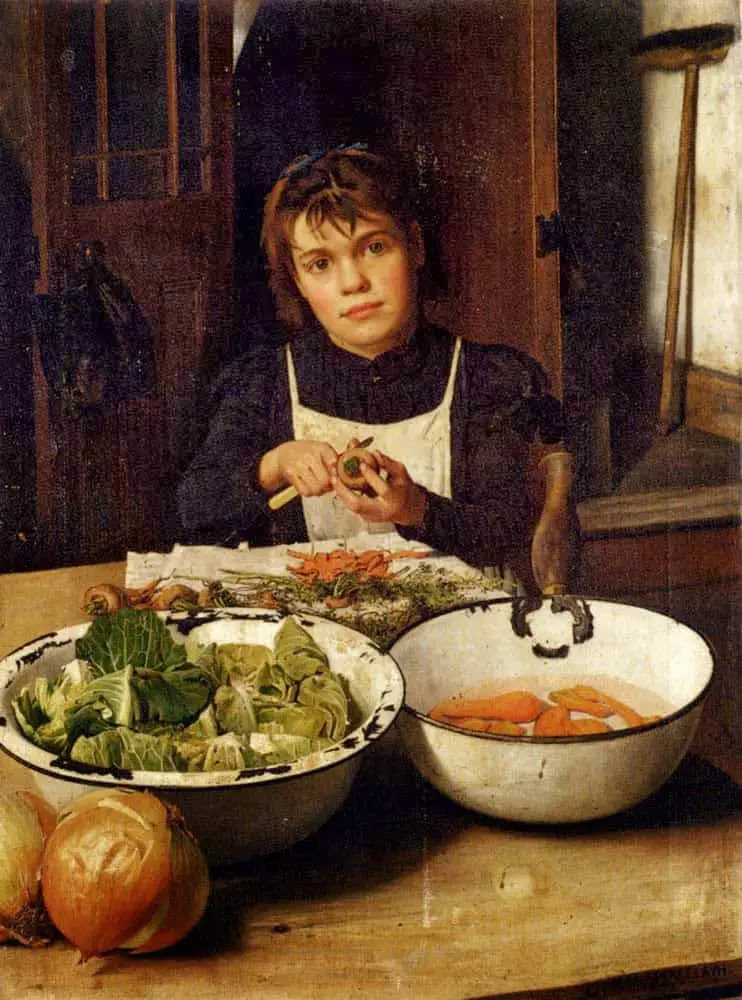
Children don’t tend to like green vegetables. Picture book creators know this, and often, greens are used as proxy for any yucky thing: Stock yuck.
-
Touch Interactivity And Animation In Storybook Apps
App developers would do well to remember that when it comes to providing a reading experience that is developmentally valuable for young children, it’s as much down to what the app doesn’t do, as what it does. a commenter on the Guardian article: Alarm Bells and Whistles Many of the first digital picturebook apps (‘storyapps’ […]
-
The Age Categories of Picture Books
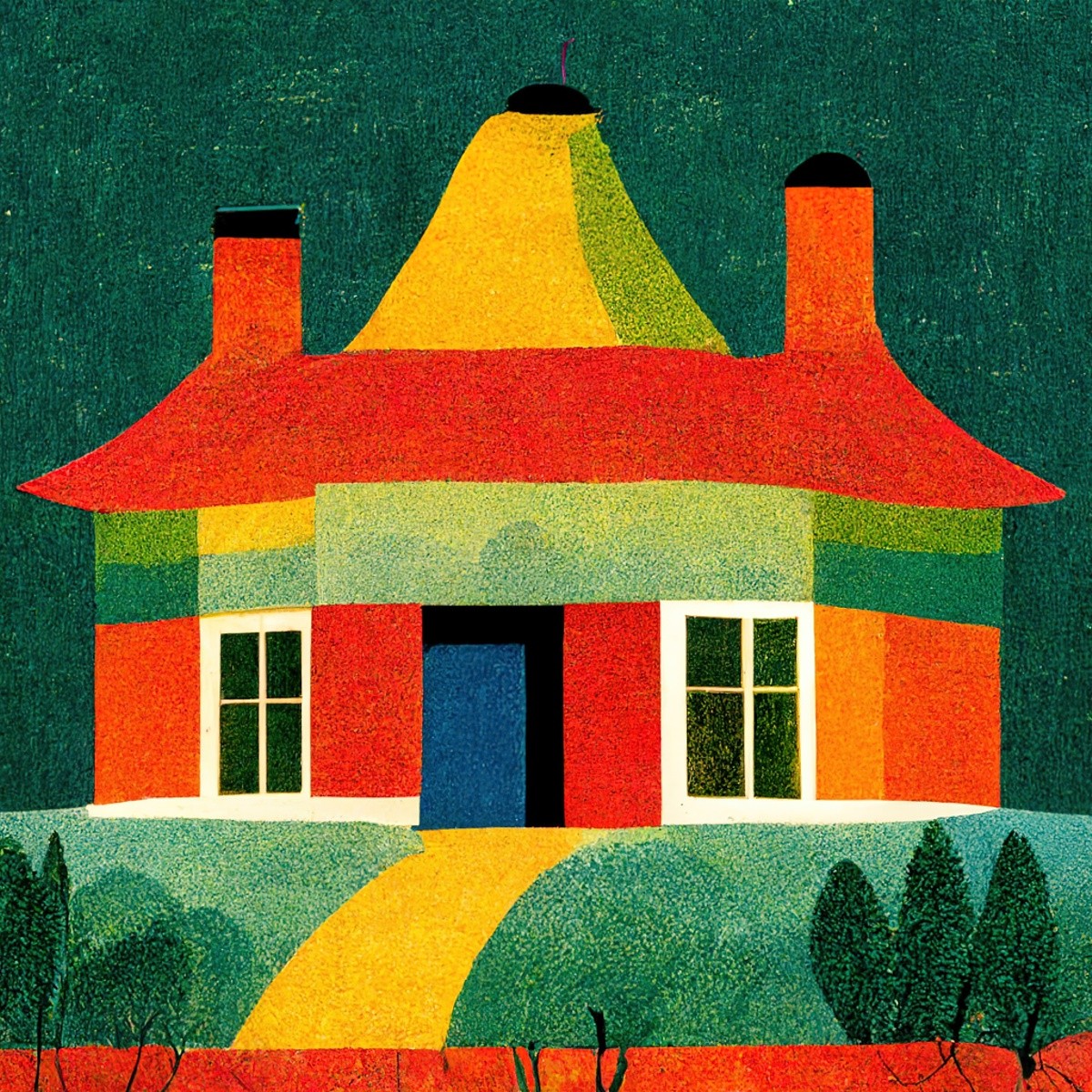
“A children’s story that can only be enjoyed by children is not a good children’s story in the slightest.” C.S. Lewis The publishing world can’t run properly unless books are connected to the right readers and when it came time to upload the app onto iTunes we had to decide what age the ideal reader […]
-
The Musicality of Picture Books
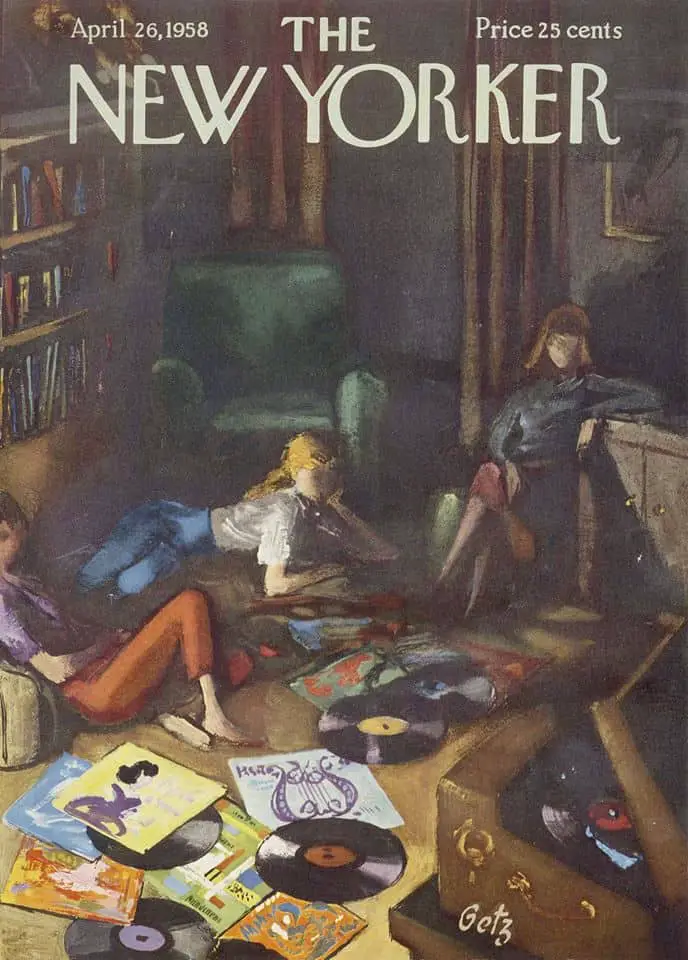
Listening to a folktale — or a children’s book — is more like listening to a musical piece than reading a modern novel. It is normal to listen to musical pieces more than once, under different circumstances, and performed by different musicians.
-
Unusual Eating Phobias
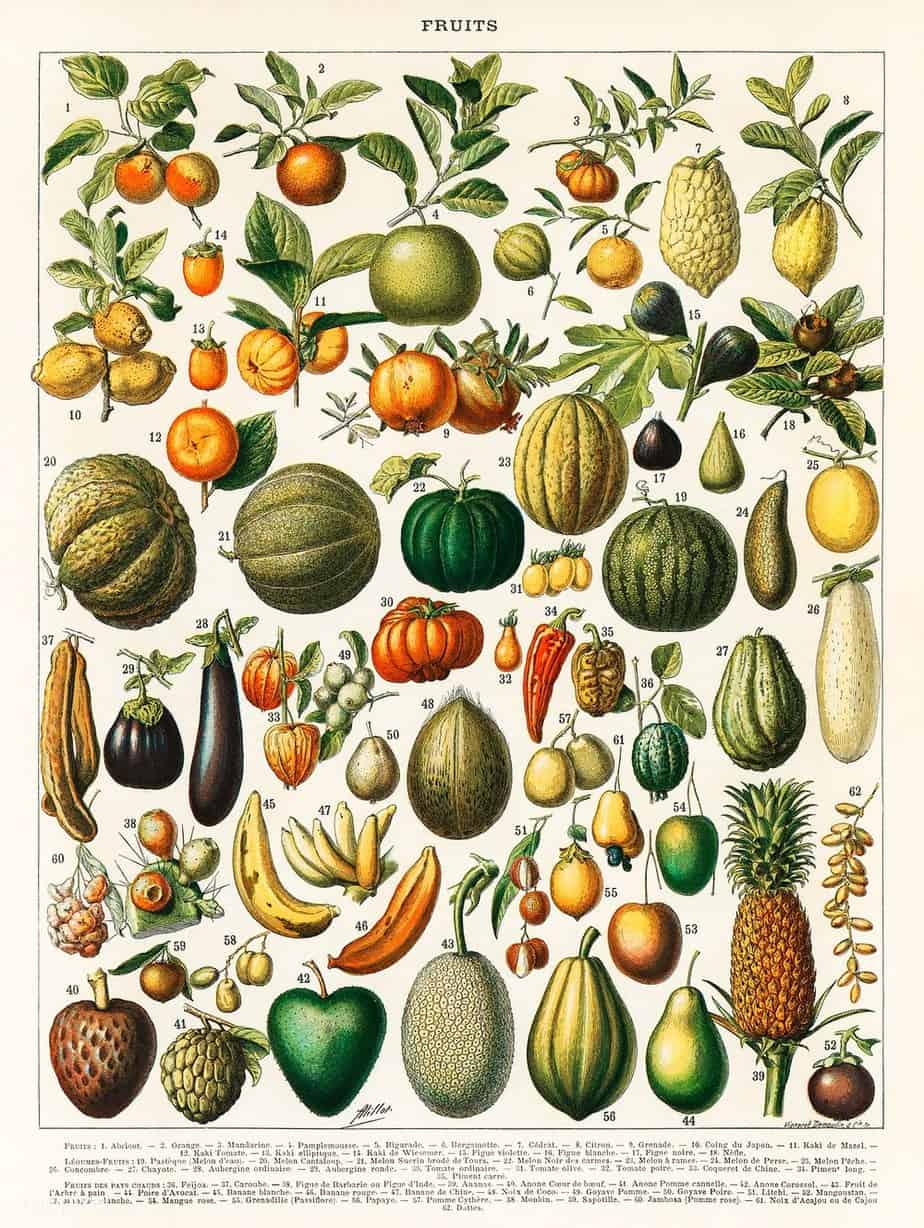
Getting annoyed at someone when we listen to them eating or breathing is called Misophonia, and it’s an actual neurological disorder. Here are some more strangely specific fears: Header painting: Adolphe Millot illustration of a wide variety of fruits and vegetables from Nouveau Larousse Illustre, (1898) fruits and vegetables
-
The Colour Of Sky In Art And Illustration
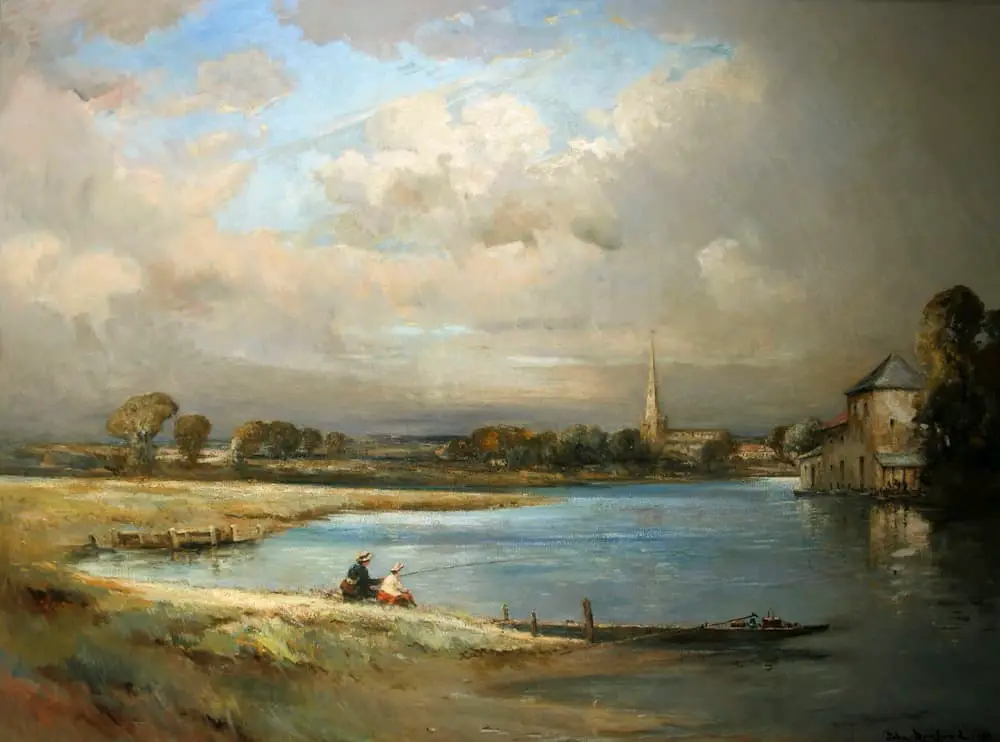
In Western cultures at least, little kids first learn to draw with a blue or (black for night-time) sky, and a yellow orb for the sun. In reality, sky can be many different colours.
-
Teaching Advanced Visual Literacy
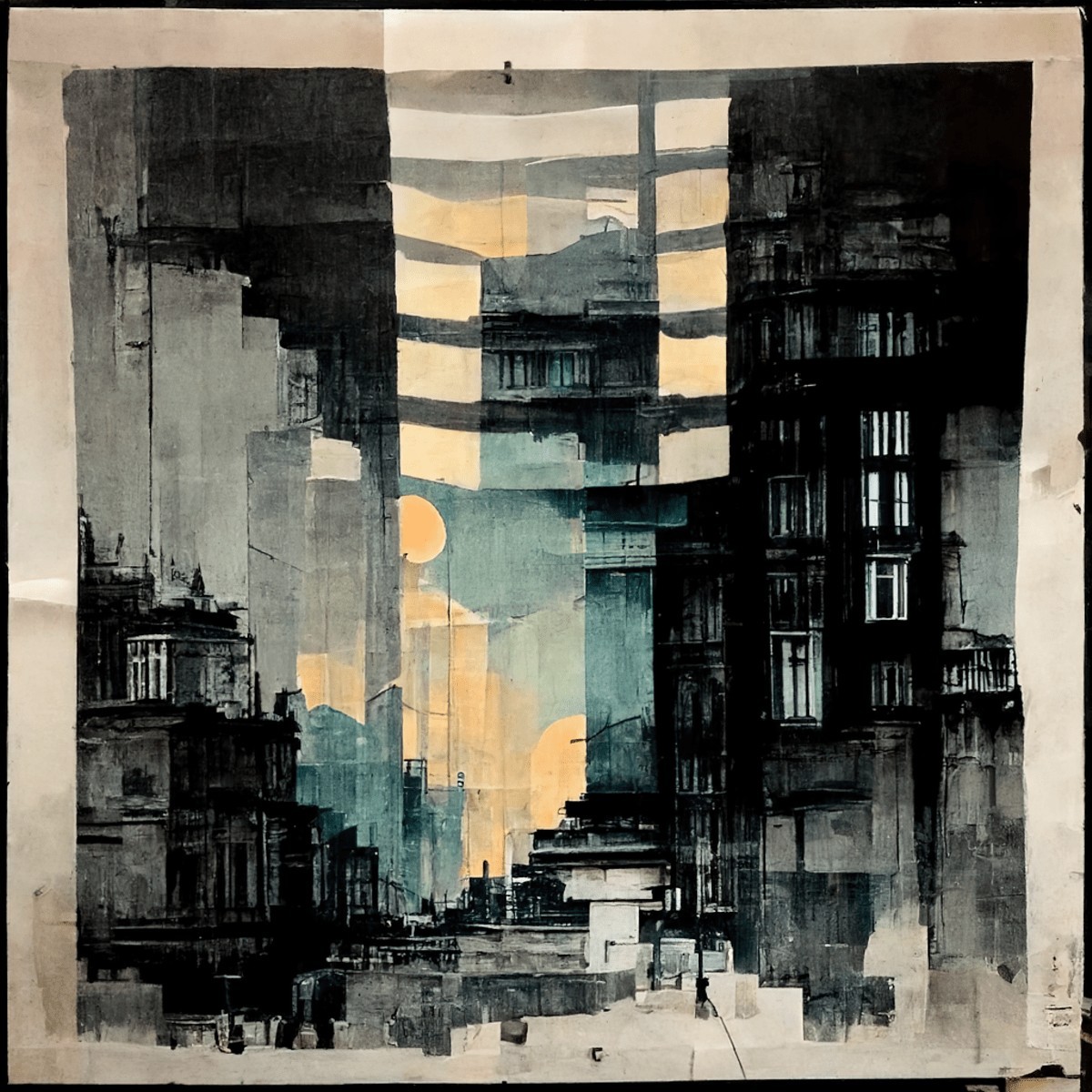
People now unblushingly use the term ‘visual literacy’ when a few decades ago the concept, never mind the term, was undreamed of. Such an enormous shift in our ways of understanding the world and ourselves will undoubtedly have had an impact upon a form of text like the picturebook that self-consciously exploits the pictorial as a way of making meaning.
-
What Is Interanimation in Literacy?
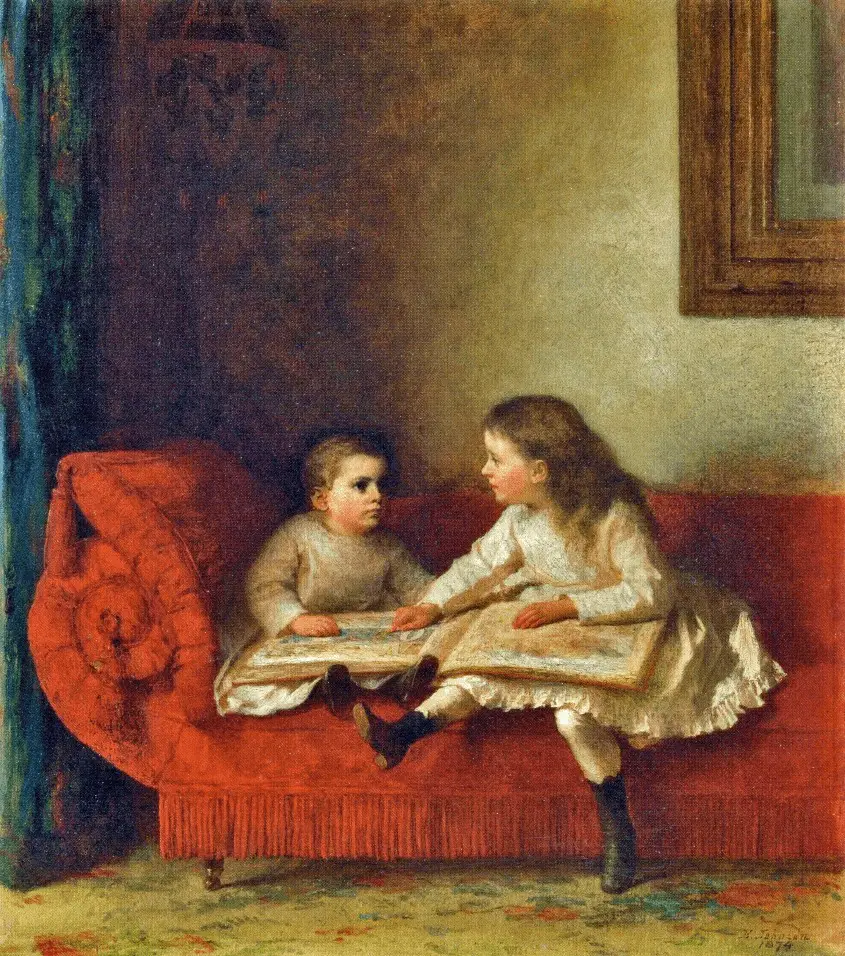
Header painting: Eastman Johnson – The Lesson. An excellent example of red and blue as a colour palette.
-
Glossary of Picturebook Terminology For Review and Analysis
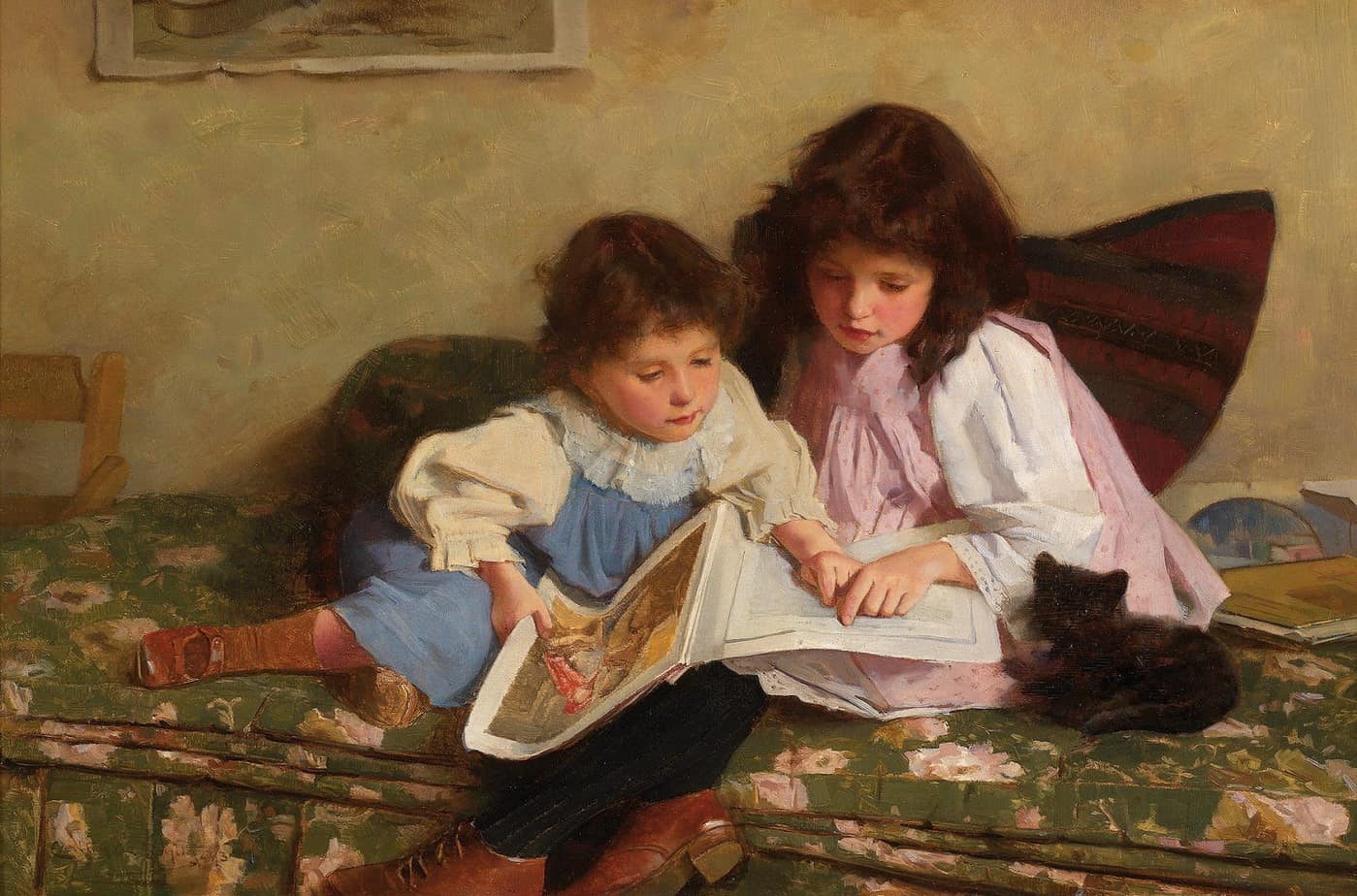
Is it picture book or picturebook? When commentators put the two words together, they do so mindfully: The terminology we apply to books, texts and reading do not seem to attach to the picturebook so readily. For example, if we speak of ‘the text’ of a picturebook, do we mean the words or the words-and-pictures […]
-
The Secret Self In Storytelling
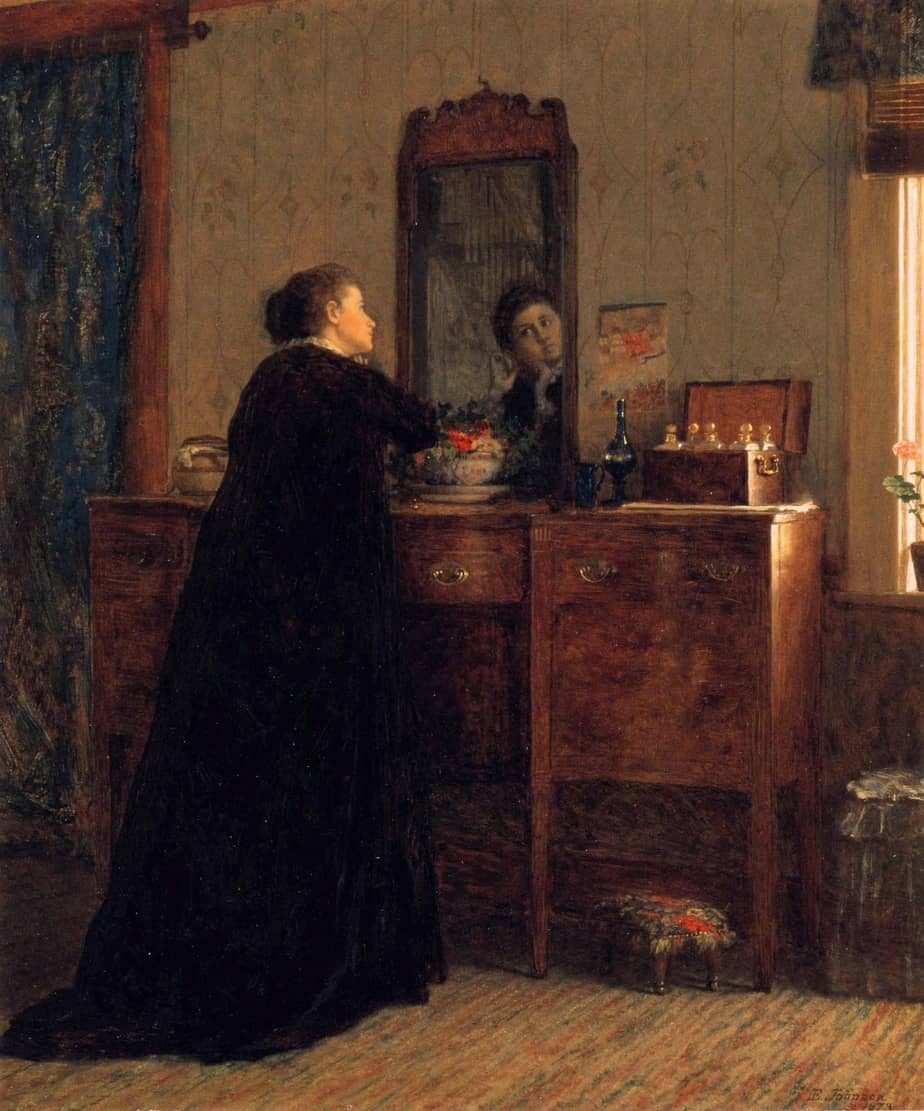
All of us have a Public, Private and a Secret Self.
-
Why So Many Animals In Picture Books?
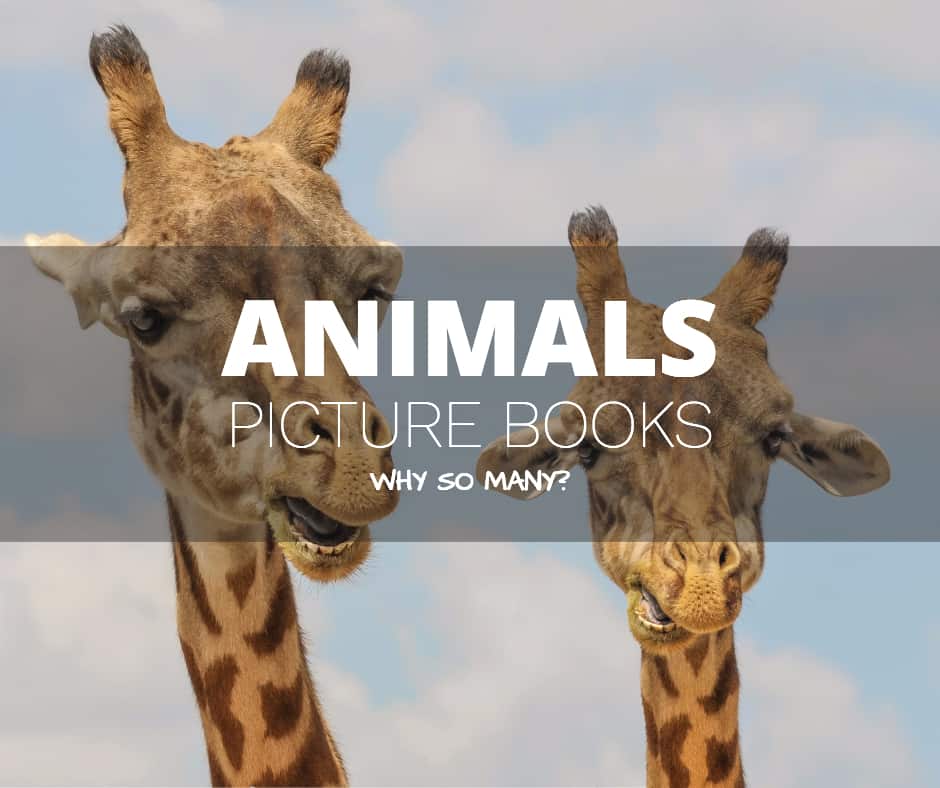
There are many reasons why storytellers sometimes use anthropomorphised animals as characters in very human stories. Here’s a list.
-
Children’s Literature: How scary is TOO scary?
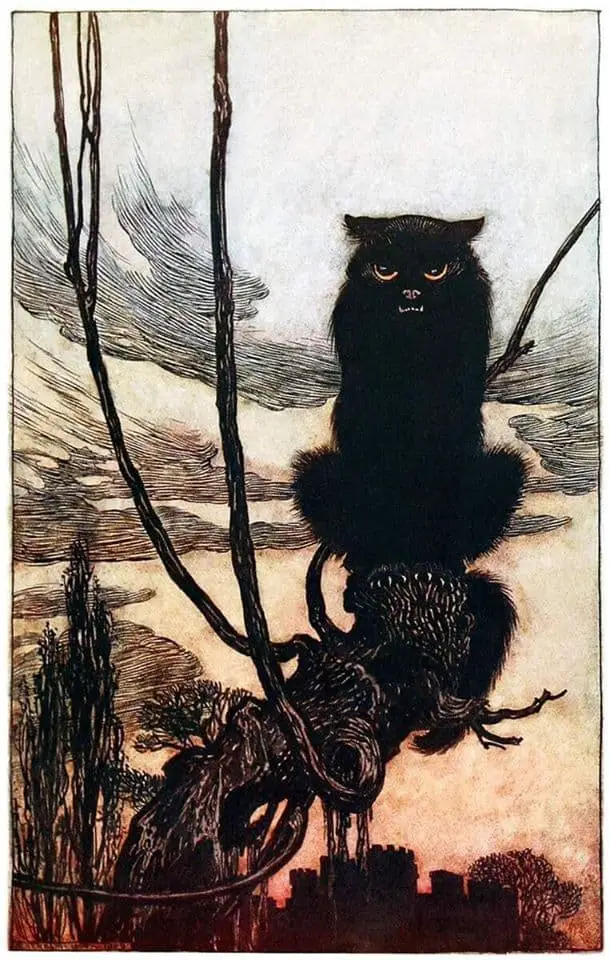
Writing scary tales for children is difficult, because it has to be interesting without being too scary. How is it done? Where’s the line?